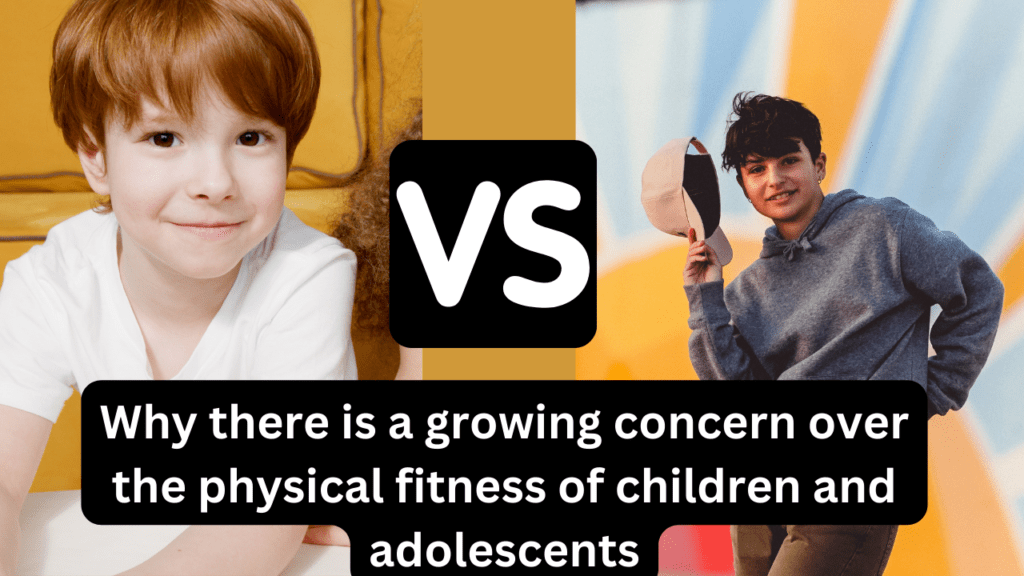There is a growing concern over the physical fitness of children and adolescents due to several interconnected factors and their potential consequences:

- Unhealthy Eating Habits: Poor dietary habits, characterized by high consumption of sugary and processed foods and low intake of fruits and vegetables, contribute to the deterioration of physical health in young people. These eating patterns can hinder the development of strong bones and muscles.
- Long-term Health Consequences: Poor physical fitness during childhood and adolescence can have long-term health implications. It may increase the risk of developing chronic diseases later in life, such as cardiovascular disease, type 2 diabetes, and osteoporosis.
- Parental and Family Influences: The physical activity and dietary habits of parents and family members can significantly impact the behaviors of children and adolescents. If parents have sedentary lifestyles or unhealthy eating habits, their children may be more likely to adopt similar behaviors.
- Sedentary Lifestyle: Modern technology, such as smartphones, computers, and video games, has led to a significant increase in sedentary behavior among children and adolescents. Many spend a substantial amount of their day sitting and engaging in screen-based activities, reducing their overall physical activity levels.
- Obesity Epidemic: Childhood and adolescent obesity rates have been steadily increasing in many parts of the world. Obesity is closely linked to poor physical fitness and can result in numerous health problems, including type 2 diabetes, cardiovascular diseases, and joint issues.
- Mental Health Concerns: Physical fitness is not just about the body but also the mind. Regular physical activity has been shown to have positive effects on mental health by reducing the risk of depression, anxiety, and stress in children and adolescents. The decline in physical activity can exacerbate mental health issues.
- Academic Performance: Research has demonstrated a strong link between physical fitness and academic performance. Children and adolescents who are physically active tend to have better cognitive abilities, attention spans, and academic achievements. The lack of physical fitness can negatively impact their educational outcomes.
- Decreased Physical Education: In some educational systems, there has been a reduction in physical education classes or a prioritization of academic subjects over physical activity. This trend can limit opportunities for children and adolescents to engage in structured physical fitness programs.
- Environmental Factors: Urbanization and changes in the built environment have reduced access to safe spaces for physical activity, such as parks, playgrounds, and sidewalks. Limited access to these spaces can discourage physical activity.
- Peer Pressure and Social Media: Peer pressure and the influence of social media can contribute to body image ideals and unrealistic beauty standards, which may lead some young people to prioritize appearance over their own physical health.
NOTE: Encouraging physical activity, promoting healthy eating habits, and raising awareness about the importance of physical fitness are essential steps in mitigating these concerns and improving the overall well-being of young people.